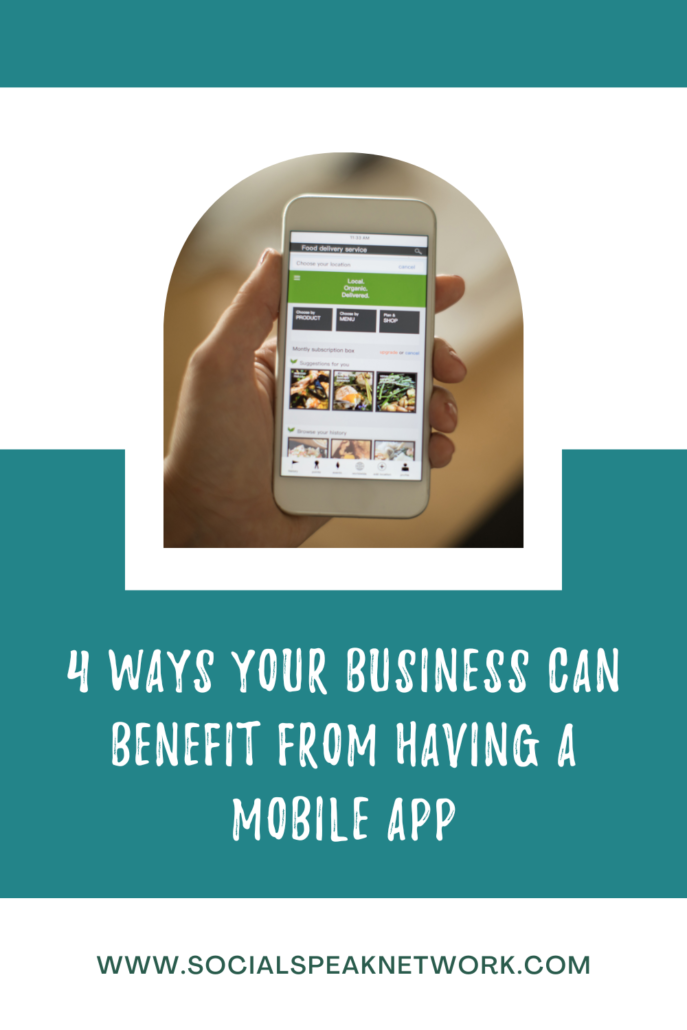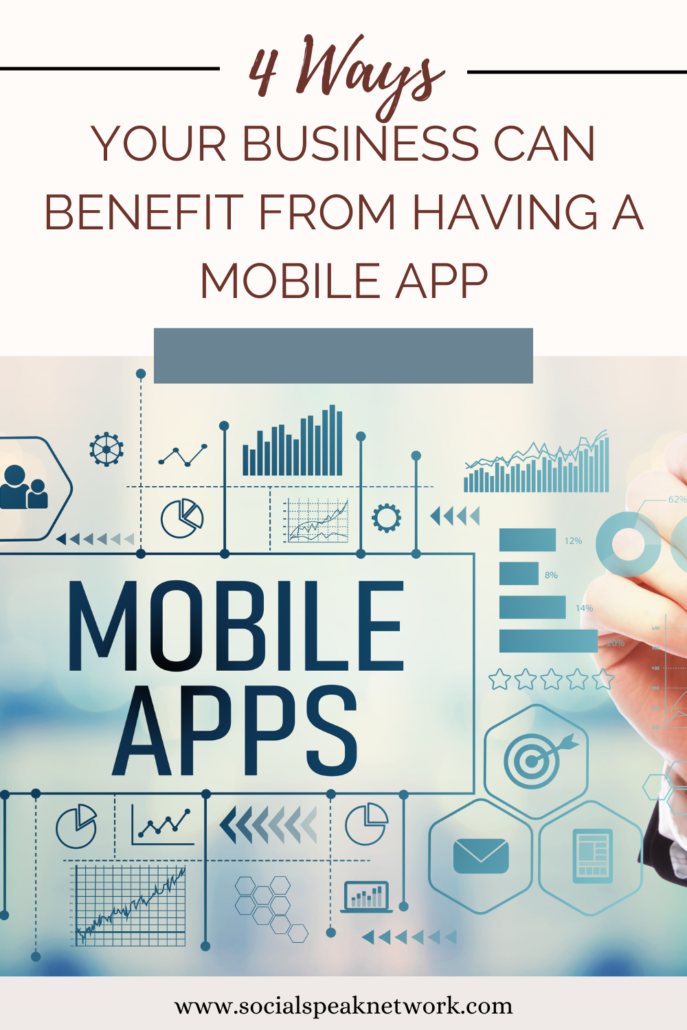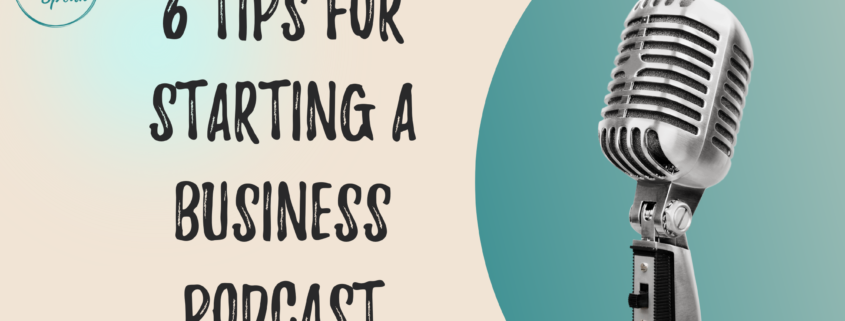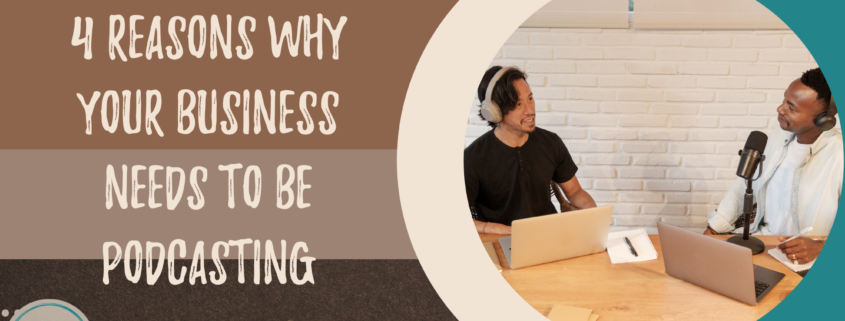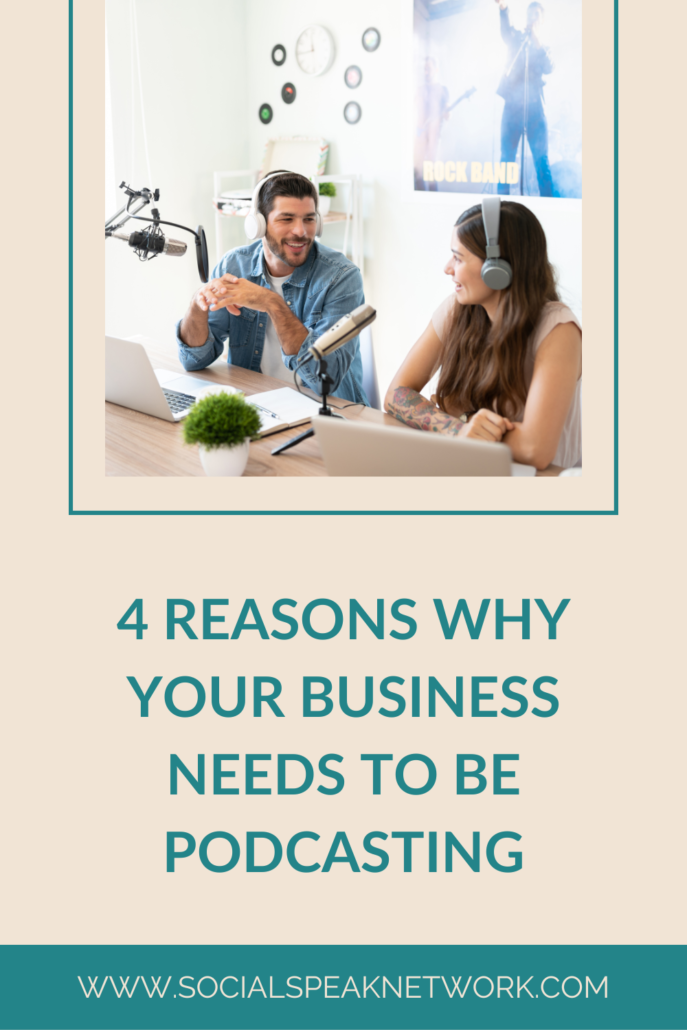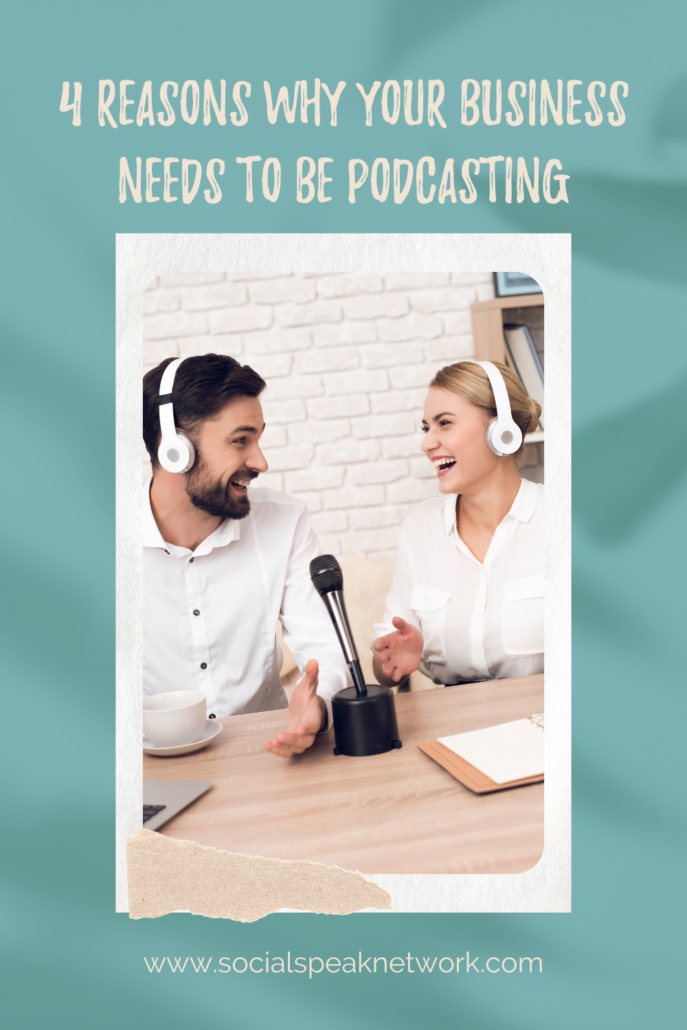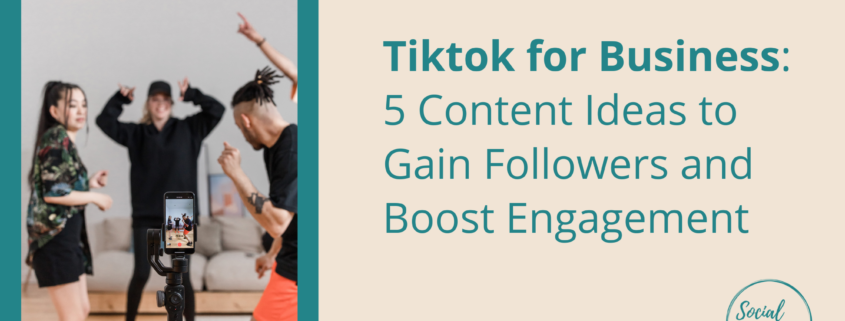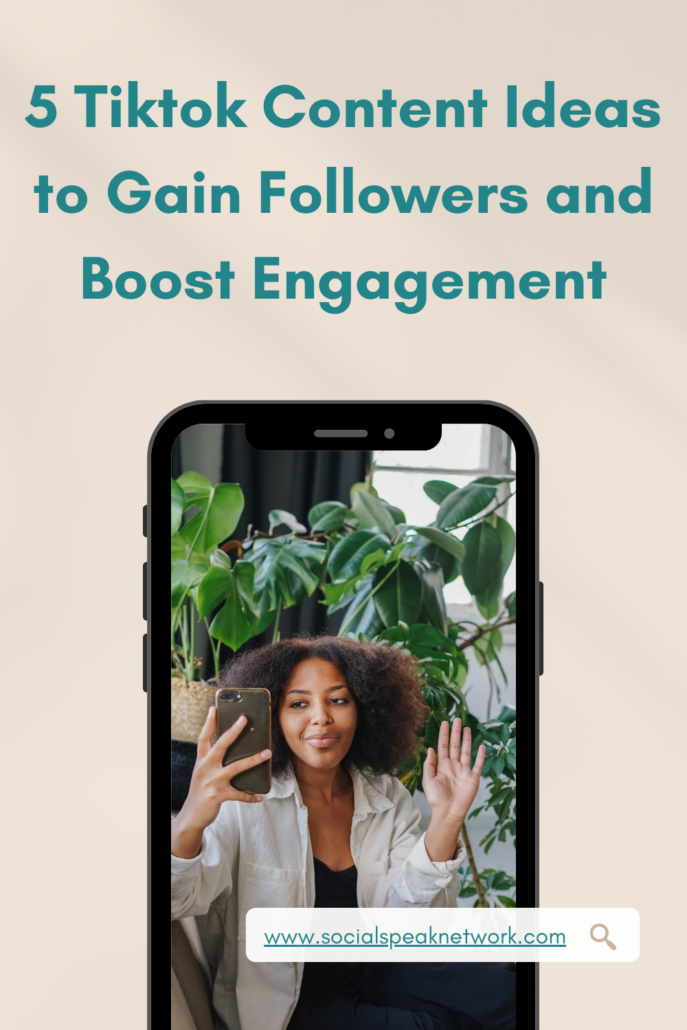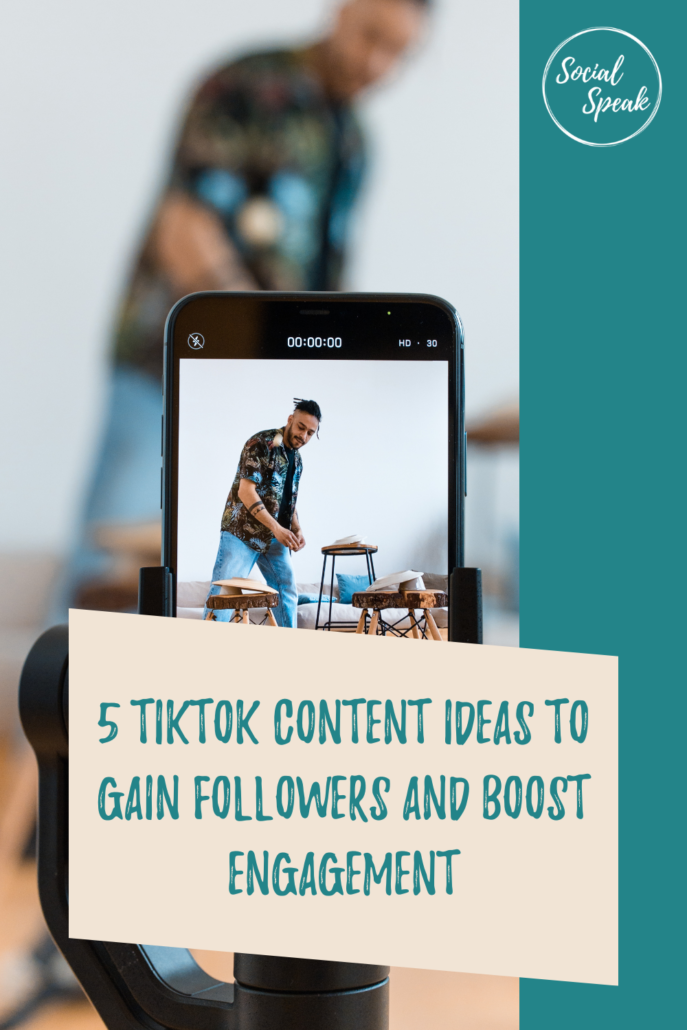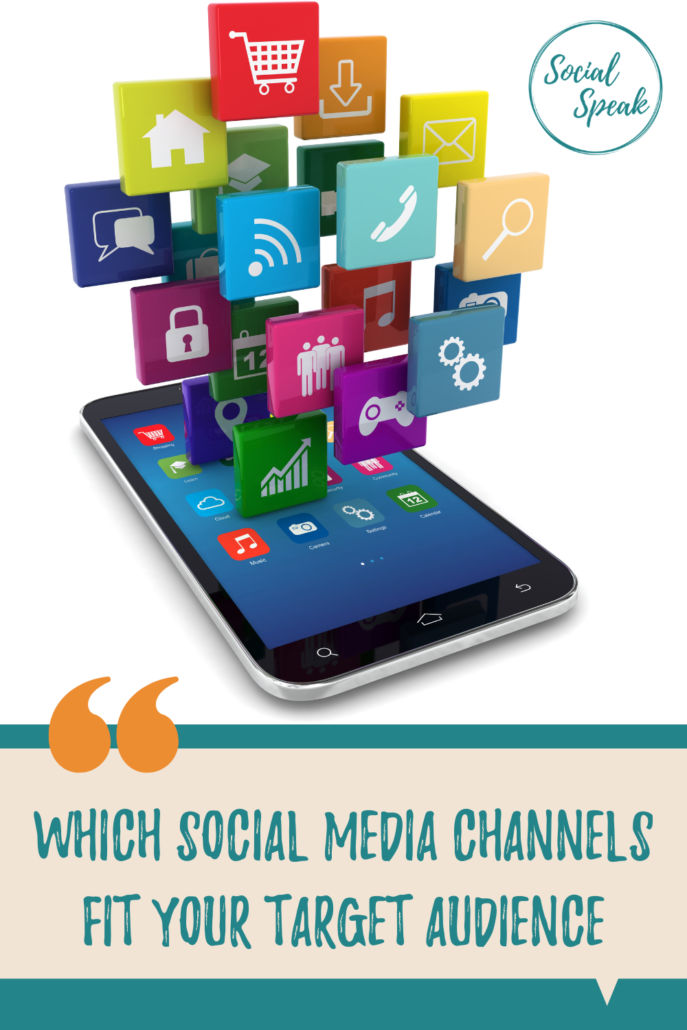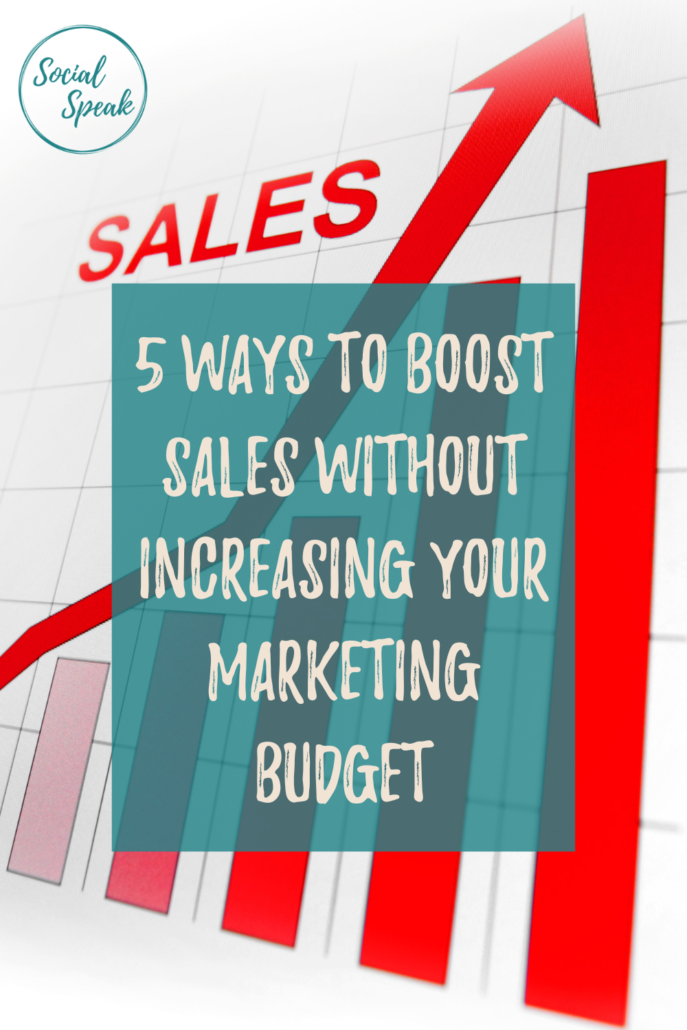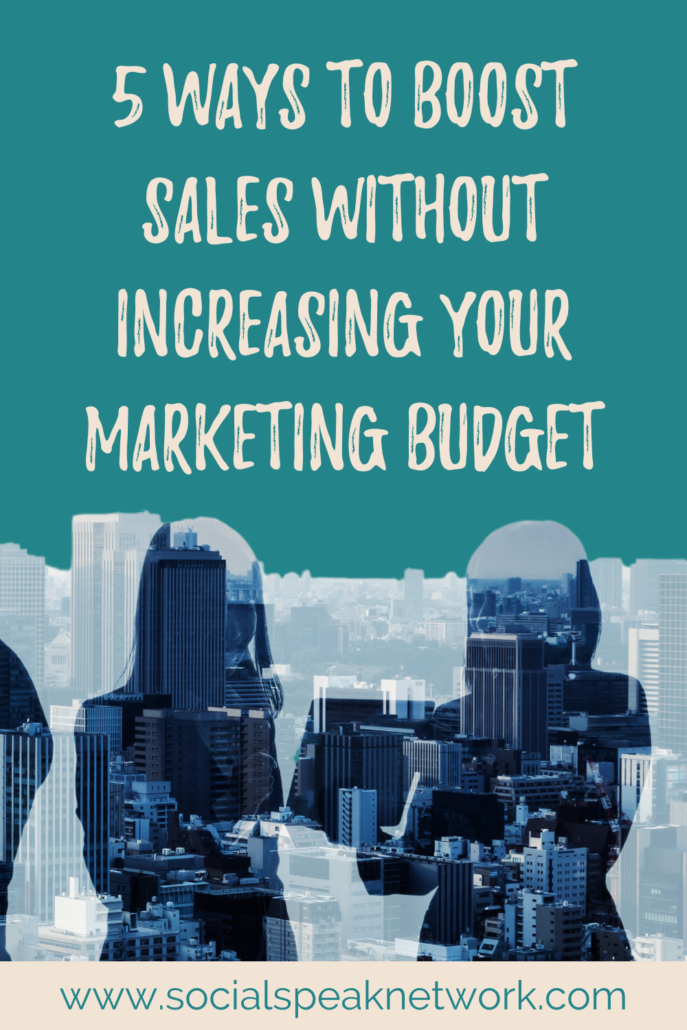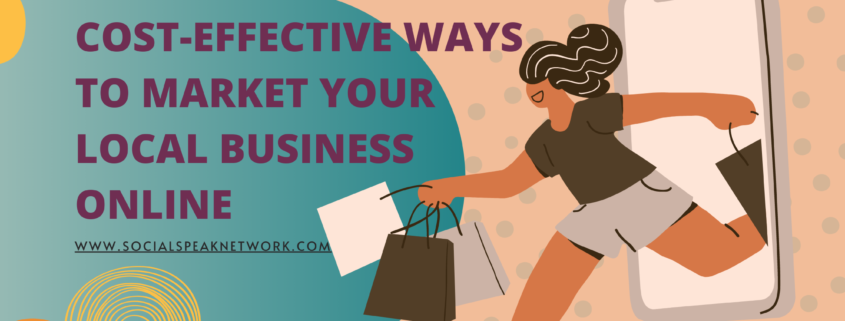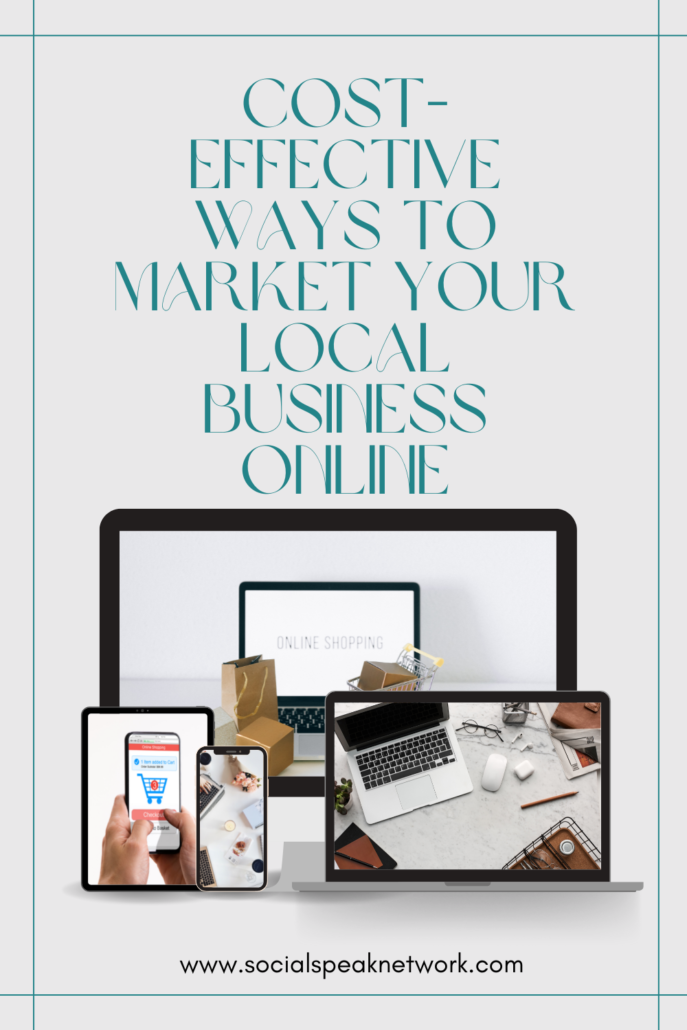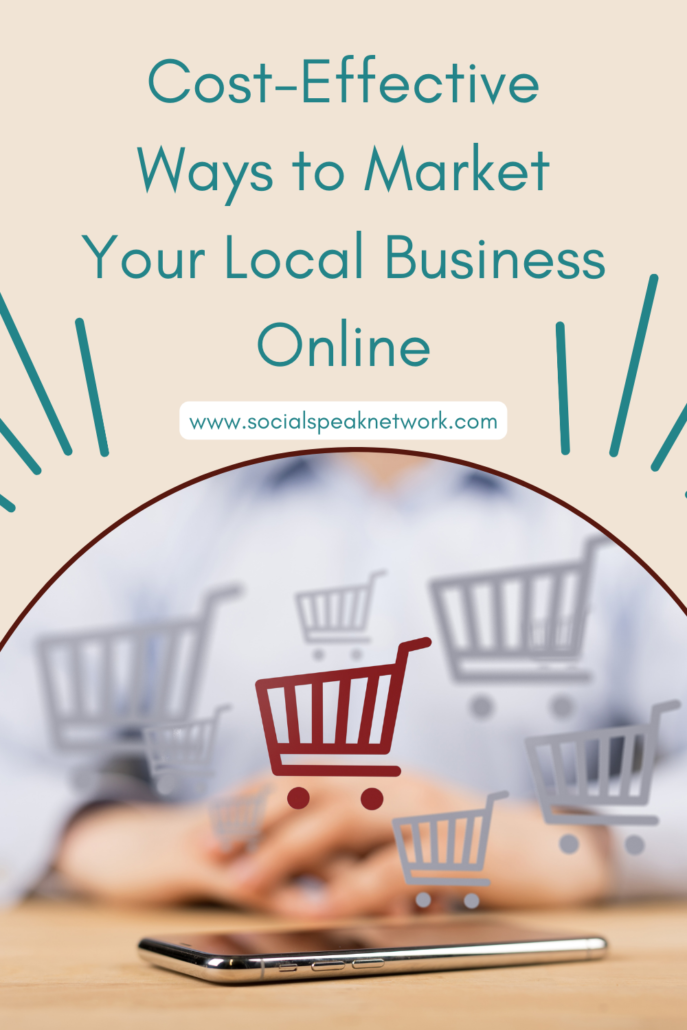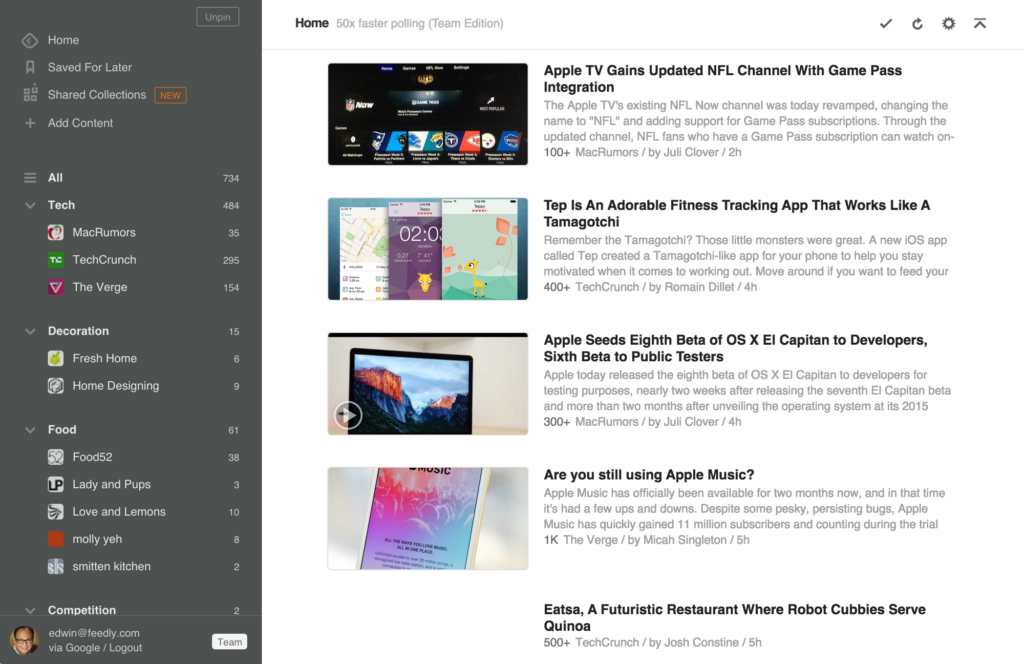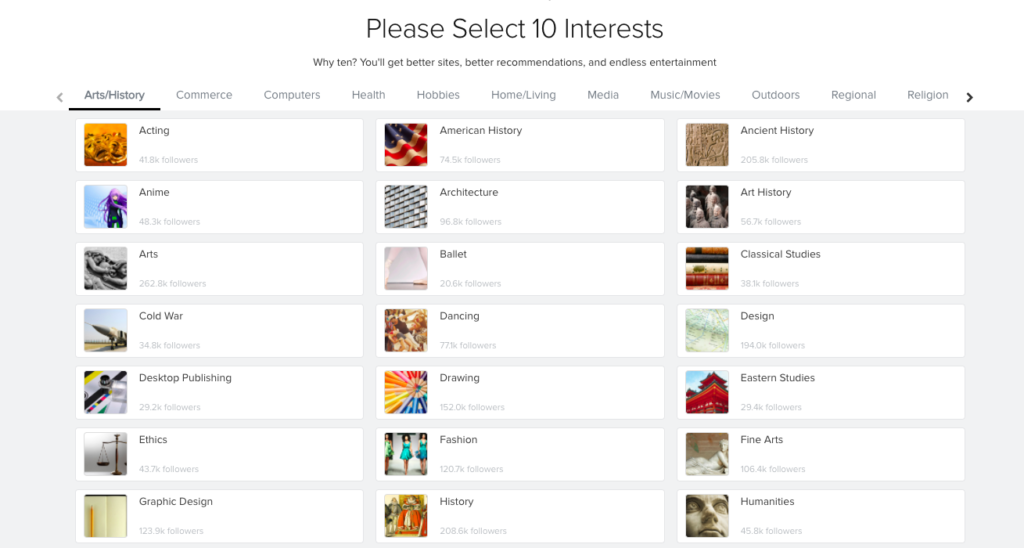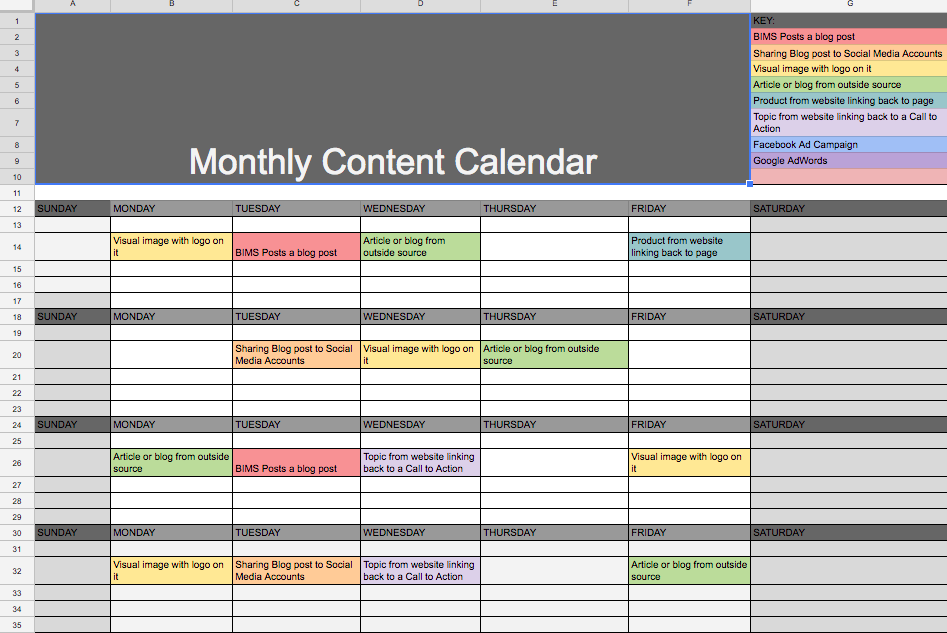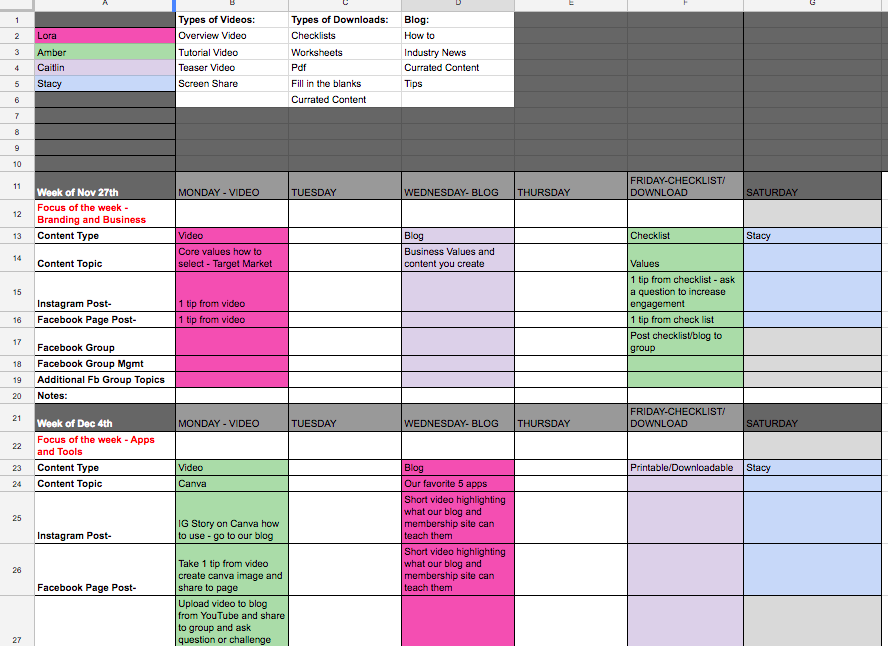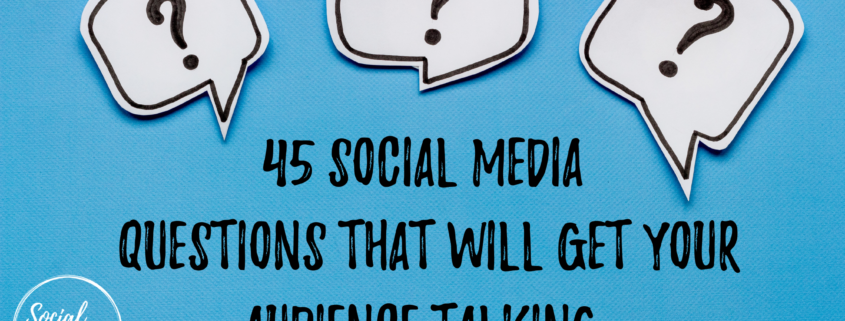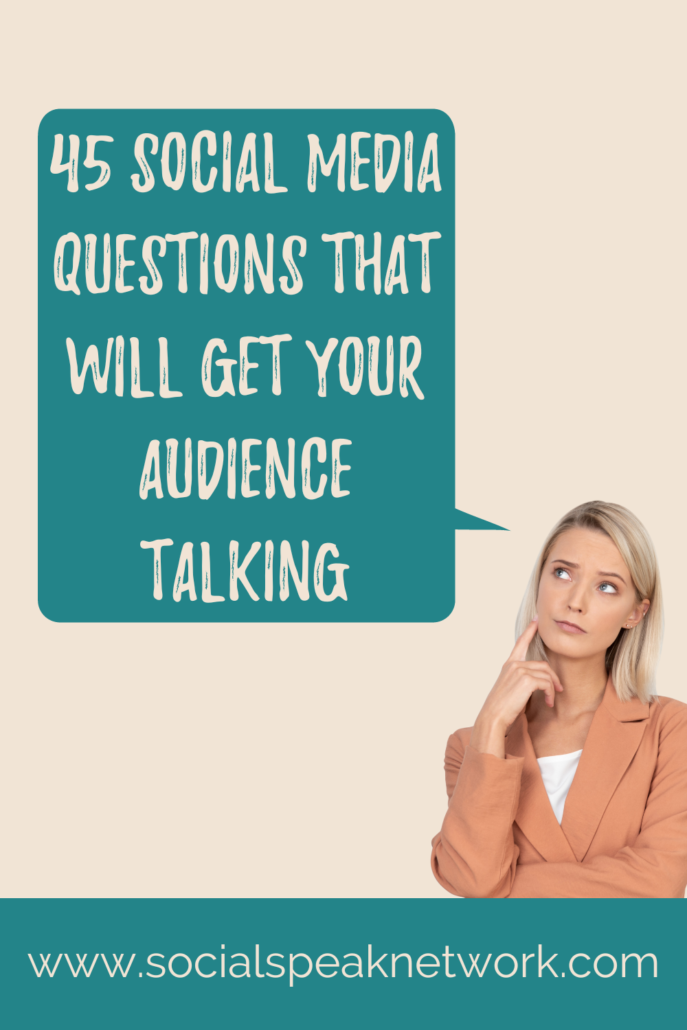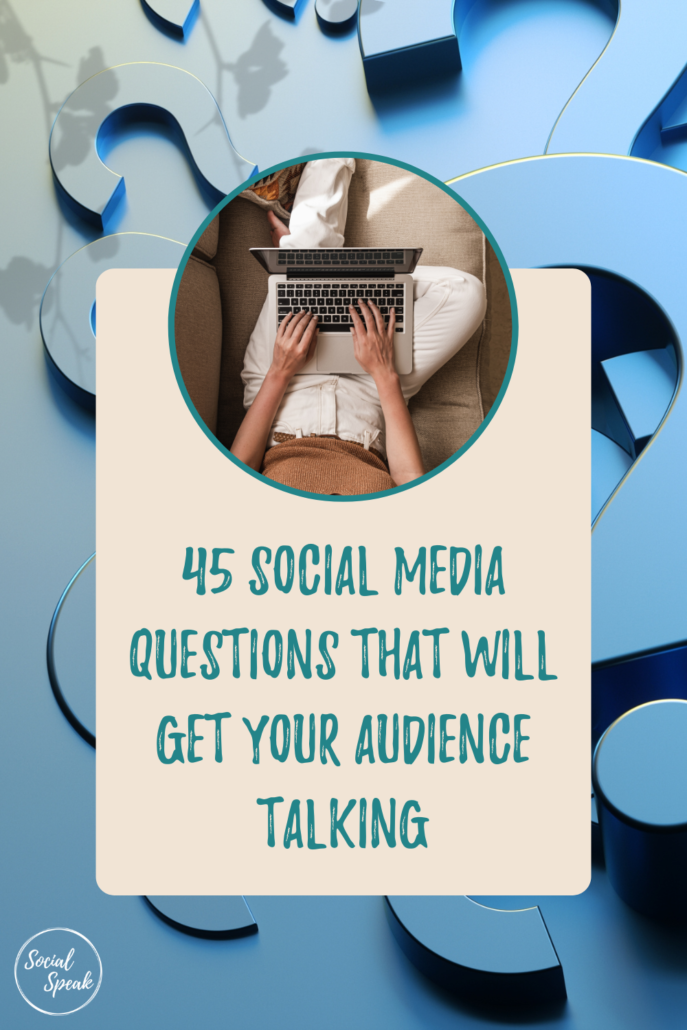In the past, only big businesses benefited from mobile apps. The rising cost of custom app developers made it impossible for small business owners to develop one. But thanks to app development software tools, small businesses are starting to enter the mobile app realm. This allowed business owners with no coding experience to develop an app for their business.
Does your business have a mobile app? If you don’t, now would be the perfect time to build one.
Here are 4 ways your business can benefit from having a mobile app.
Connect better with customers
People always seem to be busy and on the go. They’re going to the office, on their way to a meeting, hitting the gym, or meeting with a friend. When they’re outside, they don’t have access to a computer. But they always have their smartphone within reach.
Having a responsive website is great. Here, they’ll be able to find great products and buy them. However, it may not enable the two-way communication that the app boasts off.
A mobile app provides a direct channel of communication between you and your customers. It allows you to send push notifications directly to your customers’ phones. These notifications can be used to promote new products or services, announce sales or discounts, or share other important information about your business.
This two-way communication is key to building strong relationships with your customers and fostering trust.
Build a stronger brand
Mobile apps bring a lot of information about your products and services to your clients. It improves your mobile presence and exposes your business to a wider audience. Your company logo and slogan will always be visible to users whenever they use their smartphone.
Today, only 55% of businesses have a mobile app. If you don’t already have one, we urge you to develop one now. It will enhance brand recognition and make you stand out from the competition. By the time your competitors realize the importance of having one, you have already grabbed almost the entire market share.
Fast, seamless appointment scheduling
In today’s business world, time is money. People prefer convenience. According to a recent survey conducted by OpenMarket, millennials would rather send a message or an email than make a call.
One of the most beneficial features of mobile apps is the ability to schedule appointments quickly and easily. With a few clicks, clients can choose the date, time, and type of appointment they need. This convenience means that business owners can fill their appointment books more quickly and with less hassle. Additionally, mobile apps often allow business owners to send reminders to clients before their appointments, ensuring that appointments are kept and further reducing the chance for scheduling conflicts. In today’s fast-paced world, mobile apps that allow for easy appointment scheduling are a valuable asset for business owners.
Increase sales
Today, more and more prefer online shopping over conventional shopping. After all, it’s easier and more convenient. Having an app makes it easier for consumers shop whenever they want, wherever they are.
You may have a website where customers can check your newest products and services, but having a mobile app increases customer satisfaction. Remember, 70% of buying experiences are influenced by how customers feel they’re being treated. The more you provide value to your customers, the more they become interested with your products and services. This leads to more sales and bigger profits.
Final thoughts
As you can see, there are many benefits of having a mobile app for your business. If you don’t already have one, now is the time to consider developing one for your business. With a well-designed and user-friendly app, you can increase brand awareness, build customer loyalty, generate more sales, and gain a competitive advantage in the marketplace.


